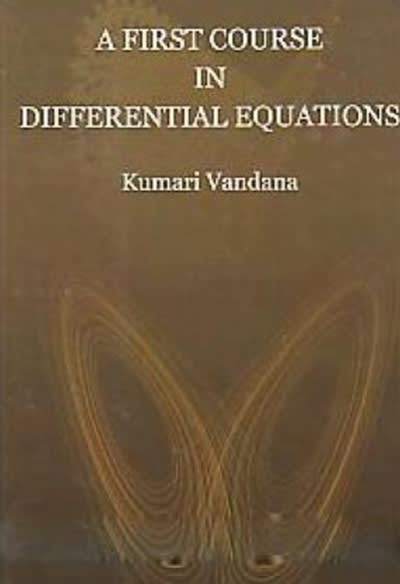Answered step by step
Verified Expert Solution
Question
1 Approved Answer
Q3 Consider the following inverse demand function, p(Q) = 5 762, Q = q1 + Q2, where {11: denotes rm 71's output, 2' = 1,

Step by Step Solution
There are 3 Steps involved in it
Step: 1

Get Instant Access to Expert-Tailored Solutions
See step-by-step solutions with expert insights and AI powered tools for academic success
Step: 2

Step: 3

Ace Your Homework with AI
Get the answers you need in no time with our AI-driven, step-by-step assistance
Get Started


